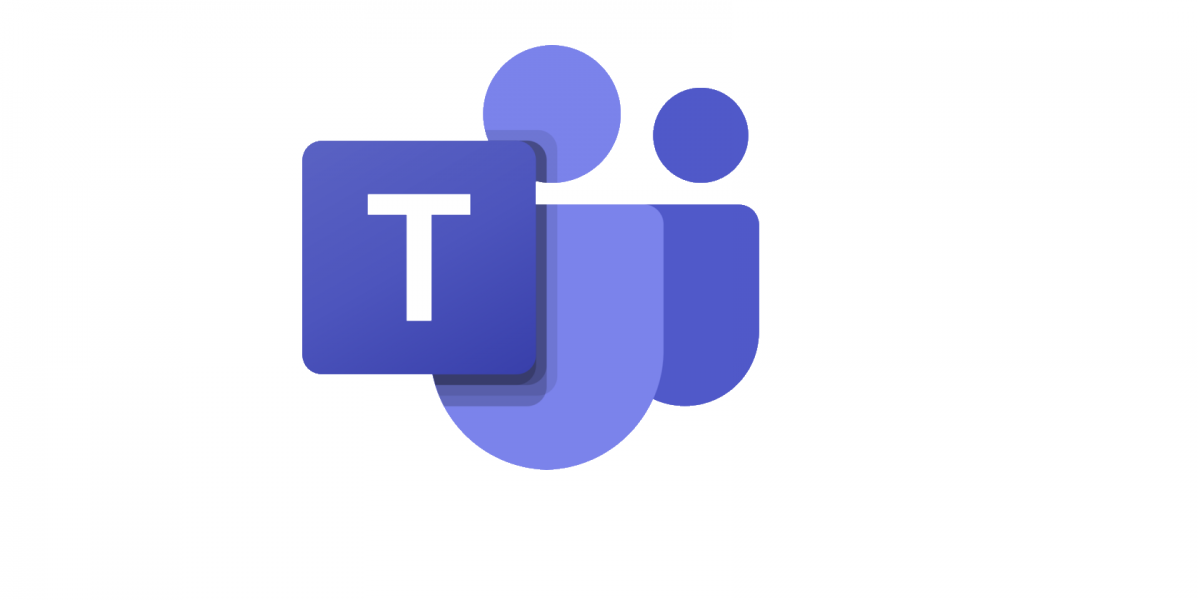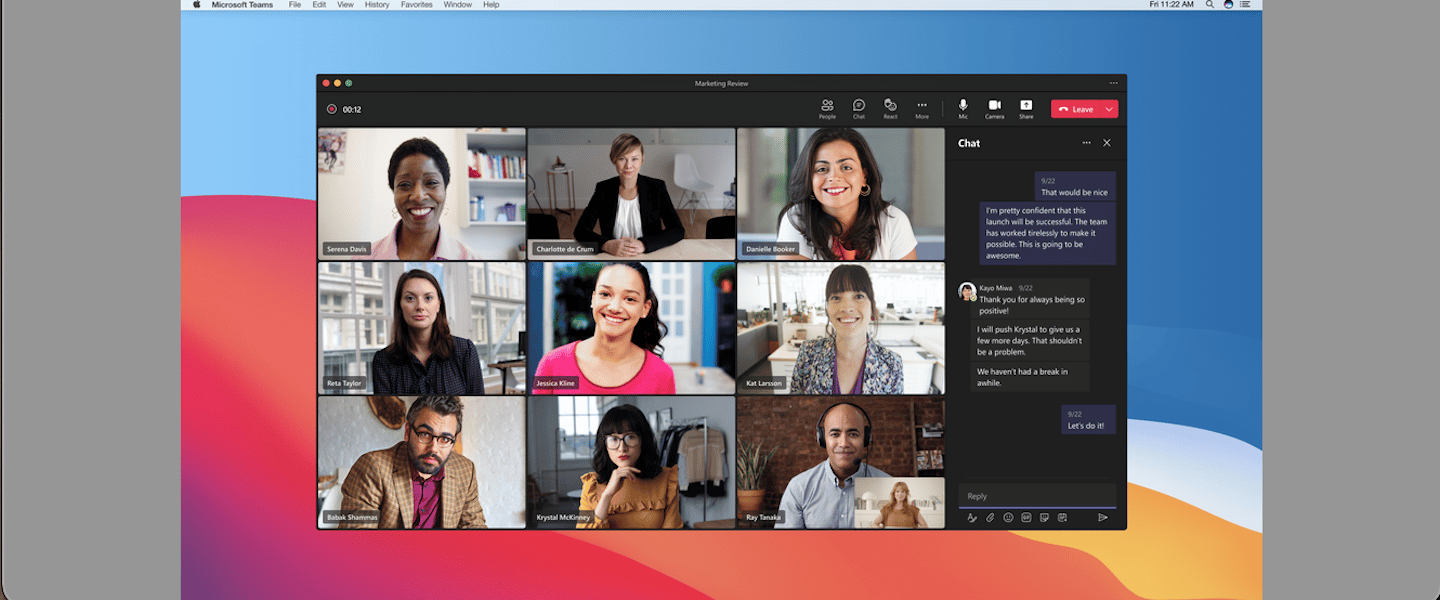Microsoft has announced that its Teams app for macOS is now optimized for Macs with Apple silicon. As part of the updated roadmap of Microsoft 365, the company said that new Teams for macOS come as a Universal Binary Mac to run natively on Apple Silicon and Intel-based Macs.
Microsoft Teams is a versatile tool designed to connect people for collaboration on projects, planning weekends, catching up, and more through video or audio calls. It also supports group audio and video conference calls, cloud storage, calendar, text messages, and more. The app is available across Apple devices: iPhone, iPad, iPod touch, and Mac.
Currently, the app runs on Apple Silicon Macs through Rosetta 2 which does not deliver the same level of performance as a native app.

Native support for Apple Silicon will bring a “significant boost” in Microsoft Teams’ performance on the Mac
As per the company’s announcement, native support for Teams on Mac with Apple Silicon was a highly requested feature. Now, Microsoft has released the “universal binary version of Teams” to natively support all Intel-based and Apple Silicon Macs.

Over the coming months, Mac users will be automatically upgraded to the latest version of Teams which will deliver a significantly improved performance.
At Microsoft, we are committed to delivering great product experiences that help our customers work easier and faster on their favorite devices. We heard from our customers who use Mac with Apple silicon that they want Teams to be optimized for their devices.
We are rolling out a production grade universal binary version of Teams, which means it will run natively on the entire Mac lineup, including those with Apple silicon. For Mac users, this means a significant boost in performance, ensuring efficient use of device resources and an optimized Teams experience even when using multiple high-resolution monitors during calls or meetings.
Recently, Microsoft Teams on iOS was updated with a new Walkie-Talkie capability for faster and safer communication, and CarPlay support so users can take their calls on their go.
Read More:

